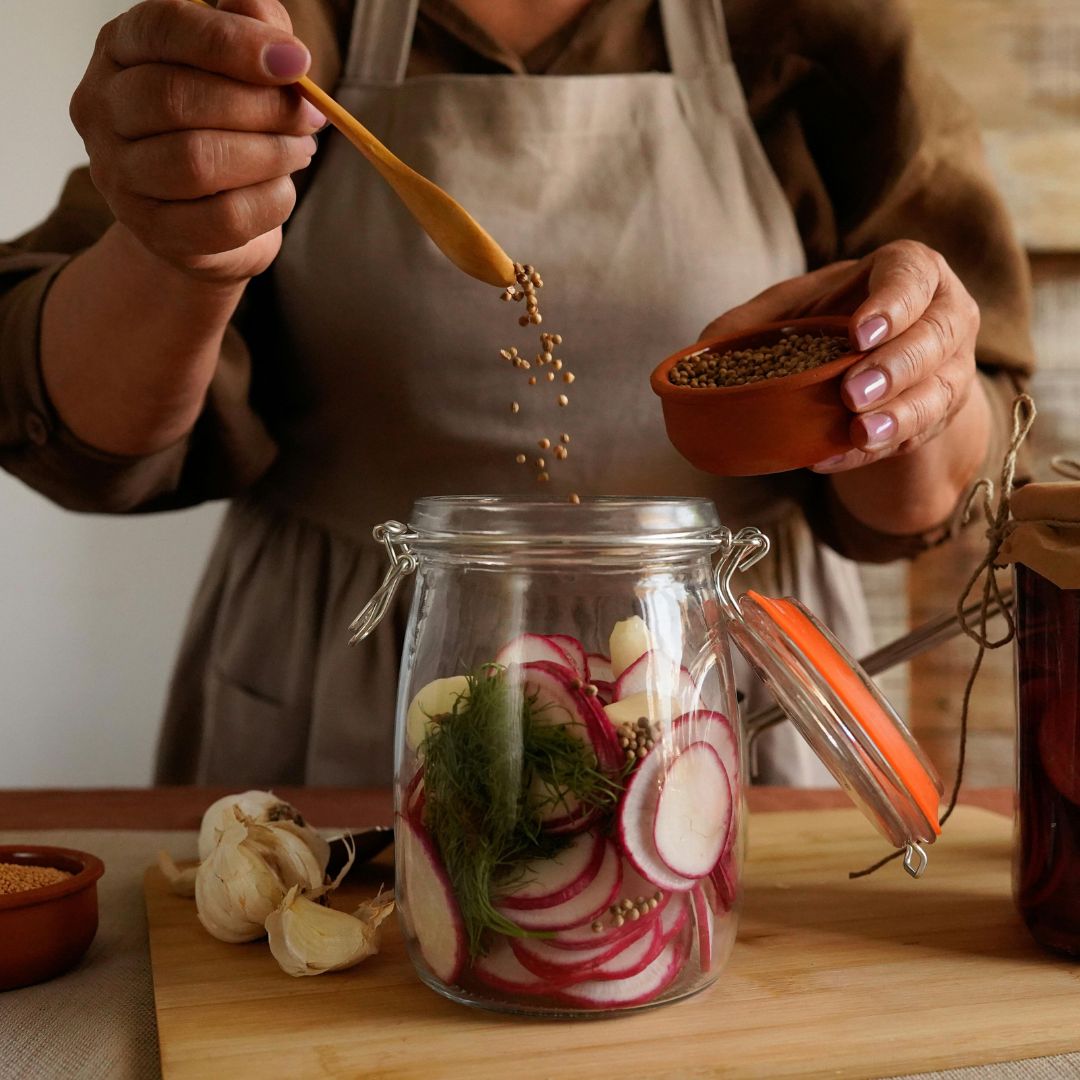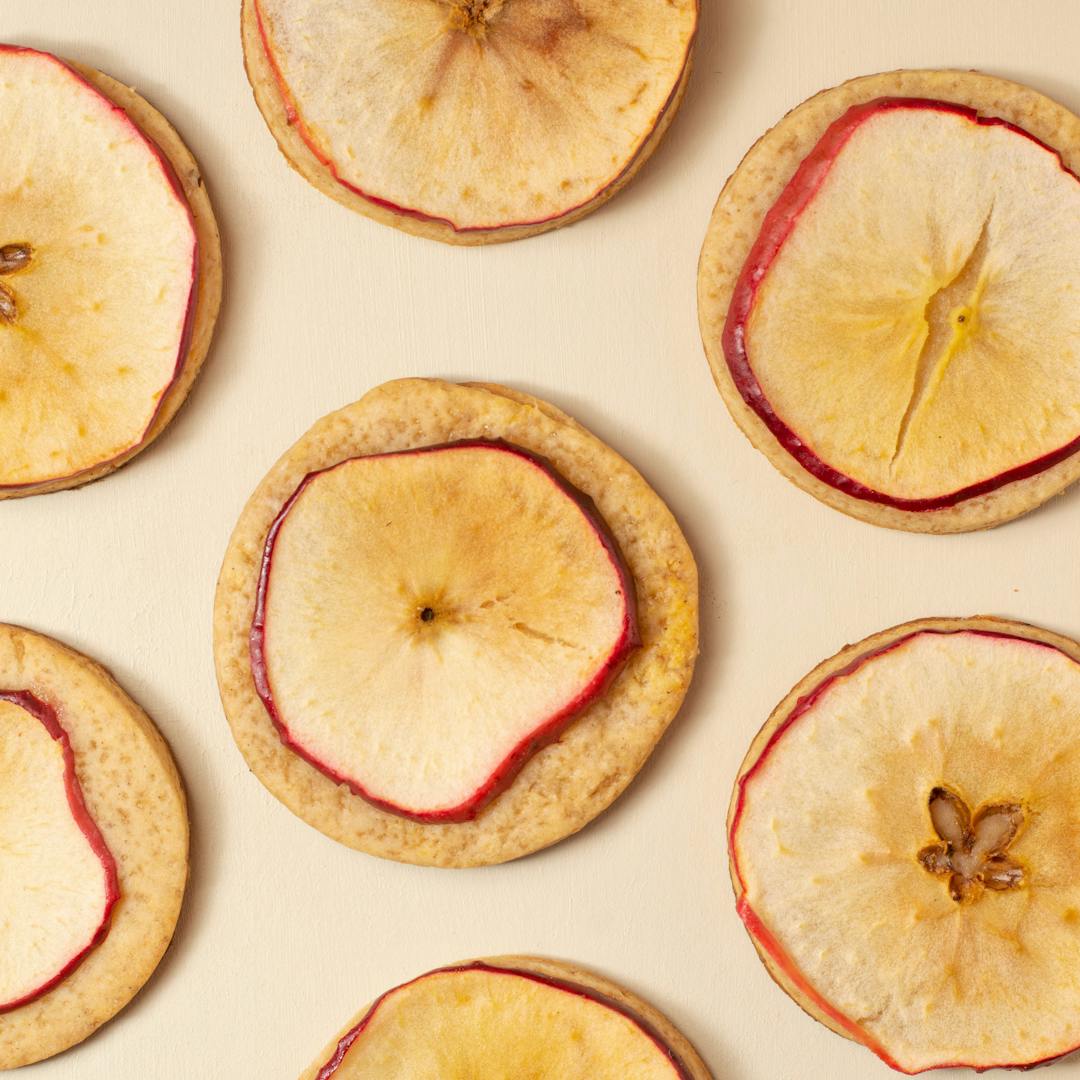5 proven methods for preserving food
2016. 08. 02.

1. Drying
Presumably the oldest method for preserving spices, fruits, vegetables and meat, since all that is needed to remove the moisture content that causes quality deterioration is lots and lots of sunshine. This practice is used all over the world today, mainly for drying tomatoes in southern Italy and chili peppers, mangoes and spices in India.
If you do not want to follow the ancient method, you can use an
electric dryer, which can be used to extract moisture from spices, fruits and vegetables in a few hours.
2. Salting
Essentially, salting differs from drying only in that in this case the products to be preserved, most often meat and fish, are covered with salt in large quantities. Salt extracts the moisture content and minimizes the presence and spread of bacteria, so salt-preserved raw materials can be used for a very long time. We put the salted food in a container and take it out when we need it.
3. Canning
The preparation of preserves and jams already takes place with heat treatment. Few people know that the procedure dates back to Napoleon's time, when foods were made for his army. It is popular all over the world to this day, mainly for preserving fruits, vegetables, but also meat. Tin cans (and many preservatives) are used in the food industry, mason jars are more popular in home use.
The most important thing is that the pots and lids must be disinfected before use, putting them in hot water for a few minutes is also suitable for this purpose. During the process, the heat-treated hot jam is filled into the jar, closed and turned over. It creates a vacuum and thus seals the container airtight.
It is also possible to store jam without heat treatment and to solve the airtight seal with a
Takaje valve. In this case, we fill the jam into the jar, close it with a metal lid, and insert a Takaje valve into the lid. Through the valve, the
Takaje sealer can suck the air out of the bottle and create a vacuum. It is important to note that vacuuming alone only extends the shelf life for a limited time (about four times the duration).
4. Pickling
The biggest difference compared to canning is that there is no heat treatment during pickling, i.e. we can store the cleaned raw materials in their raw state. Thus, only two things are needed for pickling, salt and vinegar. Simply add the ingredients you want to pickle to the salty and vinegary juice and close the container.
The biggest advantage of pickling is that it does not change the texture of the ingredients very much. In addition, the vegetables are fermented, which results in an increase in vitamin content - pickled vegetables are known to have a high vitamin B6 content.
5. Freezing
During freezing, the taste of most vegetables and fruits remains more or less the same, but unfortunately their texture changes, and after thawing, their texture will be completely different from the original. This is because food freezes completely in household freezers very slowly (it can take up to 24-36 hours for the product's internal temperature to drop below -15oC!).
Today, however, almost every restaurant has a
blast chiller, which is essentially a high-performance refrigerator in which you can freeze up to -24oC up to 30-40 kg of fruit. The advantage of shock freezing therefore lies in the fact that, as the freezing takes place extremely quickly, the structure of the product is not damaged at all, so the texture of the food does not change even after being thawing.

 Austria
Austria
 Belgium
Belgium
 Bulgaria
Bulgaria
 Croatia
Croatia
 Czech Republic
Czech Republic
 Denmark
Denmark
 Estonia
Estonia
 Finland
Finland
 France
France
 Germany
Germany
 Greece
Greece
 Hungary
Hungary
 Ireland
Ireland
 Italy
Italy
 Latvia
Latvia
 Lithuania
Lithuania
 Luxembourg
Luxembourg
 Netherlands
Netherlands
 Poland
Poland
 Portugal
Portugal
 Romania
Romania
 Slovakia
Slovakia
 Slovenia
Slovenia
 Spain
Spain
 Sweden
Sweden




